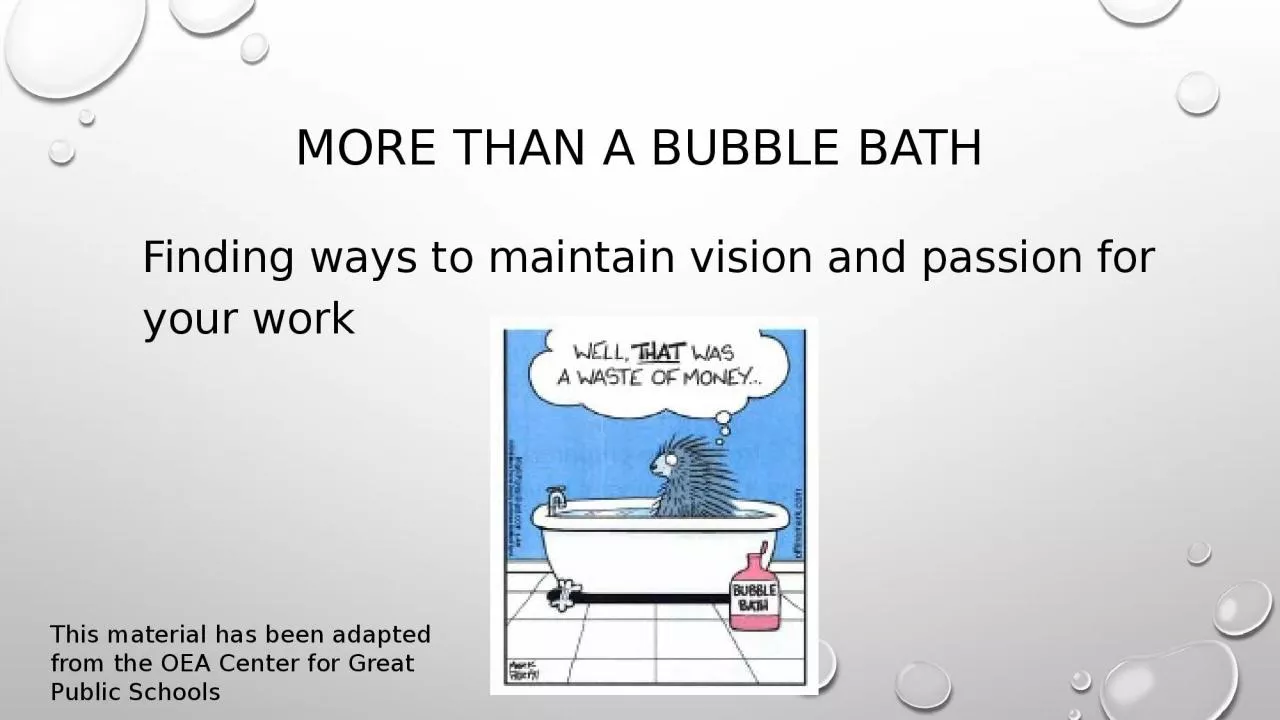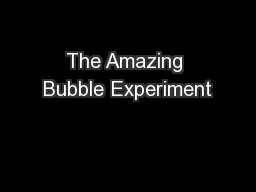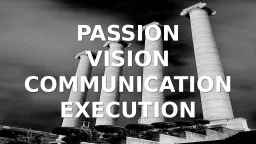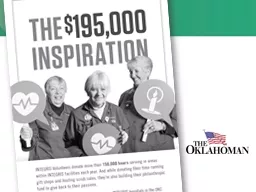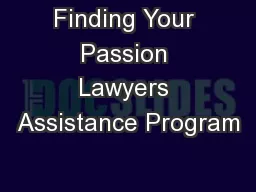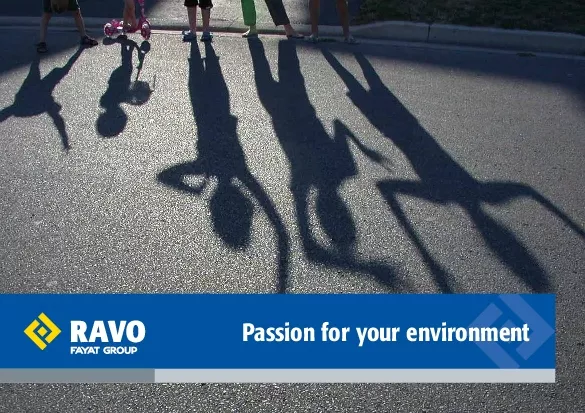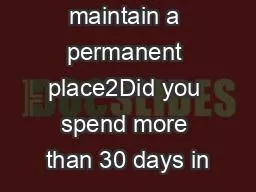PPT-More than a bubble bath Finding ways to maintain vision and passion for your work
Author : ethlyn | Published Date : 2024-03-13
This material has been adapted from the OEA Center for Great Public Schools Books referenced in this presentation Quote Sort Find a quote that emulates RESILIENCE
Presentation Embed Code
Download Presentation
Download Presentation The PPT/PDF document "More than a bubble bath Finding ways to ..." is the property of its rightful owner. Permission is granted to download and print the materials on this website for personal, non-commercial use only, and to display it on your personal computer provided you do not modify the materials and that you retain all copyright notices contained in the materials. By downloading content from our website, you accept the terms of this agreement.
More than a bubble bath Finding ways to maintain vision and passion for your work: Transcript
Download Rules Of Document
"More than a bubble bath Finding ways to maintain vision and passion for your work"The content belongs to its owner. You may download and print it for personal use, without modification, and keep all copyright notices. By downloading, you agree to these terms.
Related Documents

